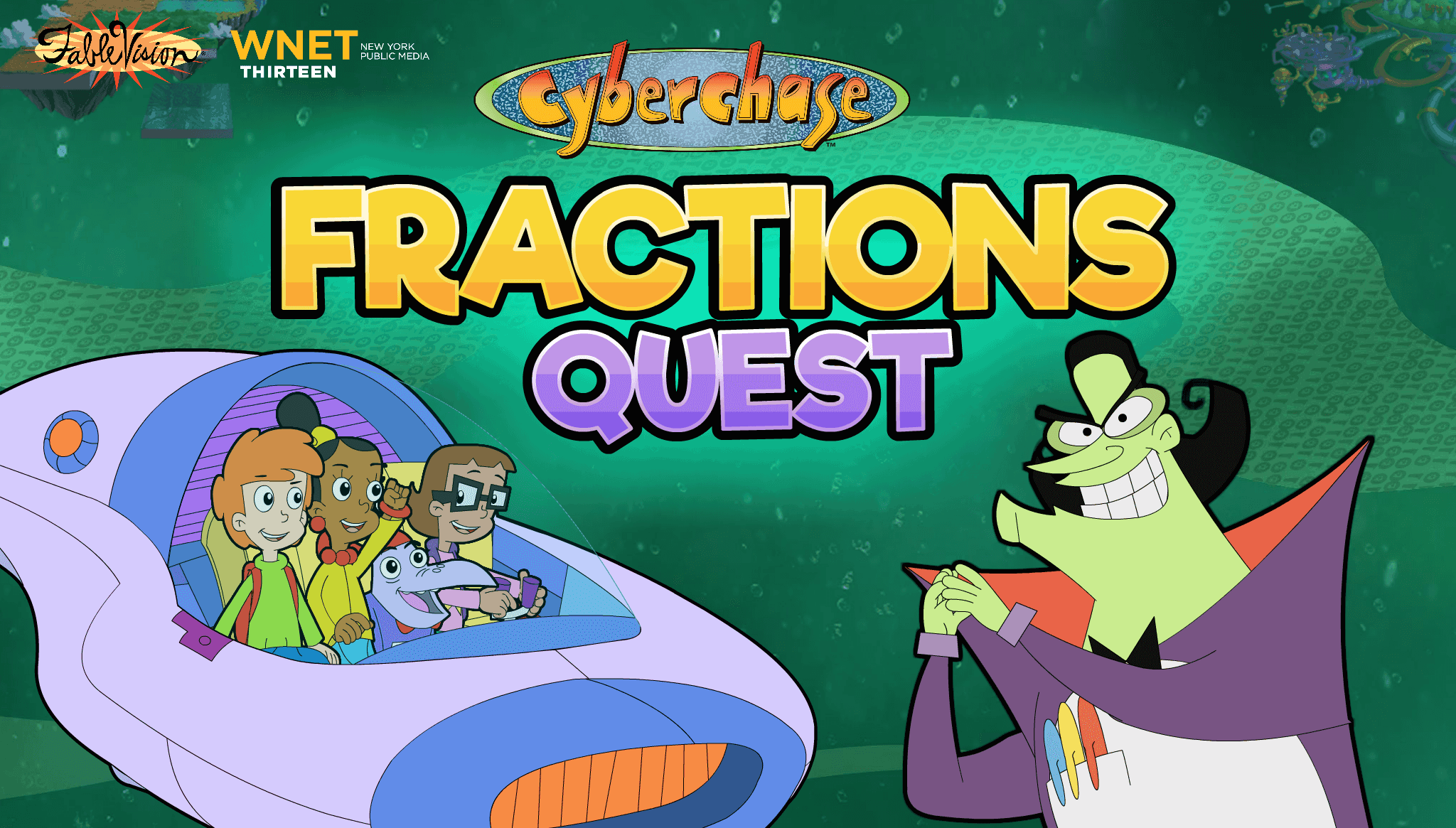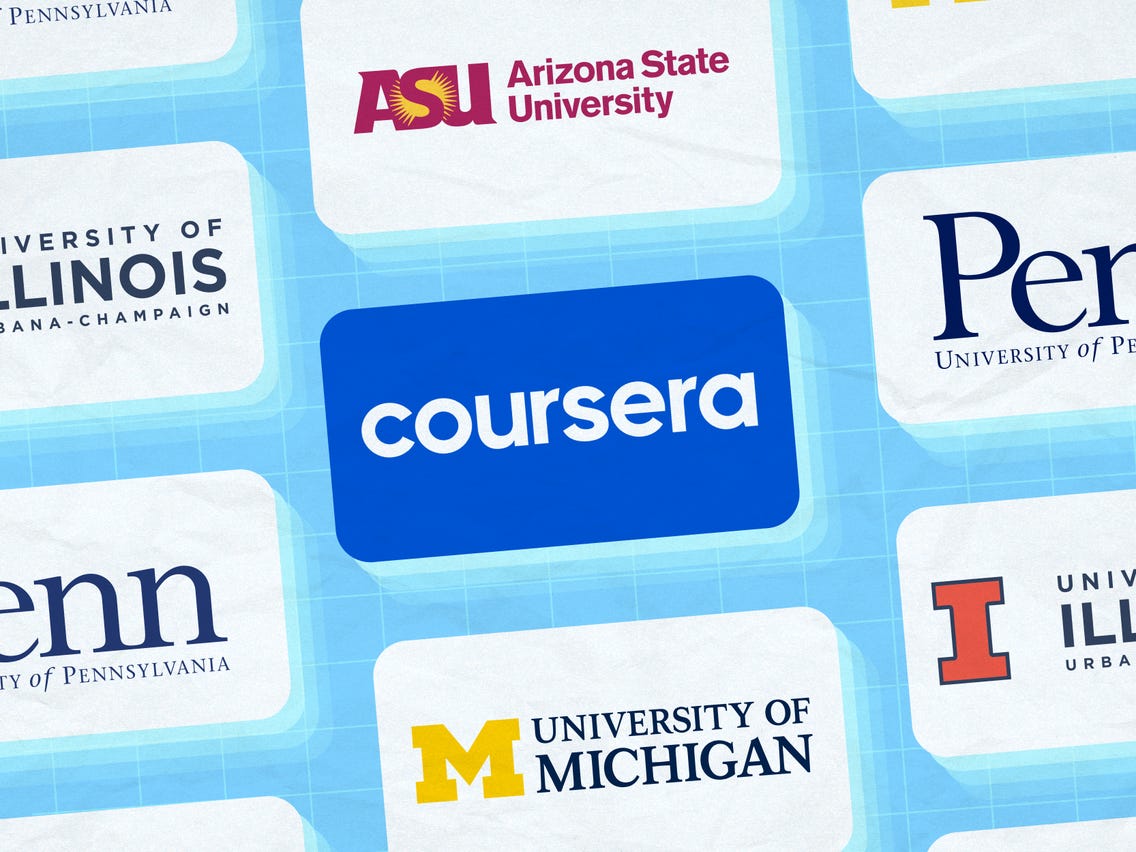
A grant is money that you don’t need to repay. You can receive grants from the federal government, state and local governments, or even from your school. The majority of grants are awarded based upon need. This means that students with lower incomes will be more likely to get grants. A grant does not have to be repaid unlike loans. It is therefore a wonderful option for many students.
College Grants: These grants are completely free
A college grant, which is money given to students in need of financial aid, is free money that can be used for college. These grants can be used to help with books, housing, and any other costs associated with college. While college grants may look similar to scholarships in that they can be used to pay for books, housing, and other expenses, they are not required to be returned unless otherwise stated. There are many types of college grants available, both federally and privately.
Private and federal grant programs provide billions of dollar each year for education. These funds do not have to be repaid and are available to students of all backgrounds. Some grants, like the Pell Grant are limited based on income. However, most are not.
Loans are borrowed money
A loan is money that someone borrows then pays back the lender. There are three basic parts to a loan: the principal, interest rate, and term. The principal is the original amount that you borrowed, the interest rate is the rate at which the amount owed increases, and the term is the length of time you have to repay the loan. There is also the monthly payment that you have to make for the loan. It is calculated using an amortization tableau.

Financial loans are big business. Their purpose is to help lenders make more money. These loans can also lead to large amounts in debt. You can save a lot of cash and avoid getting into large amounts of credit if you know the basics of loans.
They are granted based on the need
There are many types of grants available for college students. The amounts granted vary depending on the factors. These factors include income of the student, parents, and family size. The award amount can vary depending on the grant type and could be as low as a few thousand dollars or as high at the cost of full-cost college. Students should be aware that the need-based grants are not guaranteed to be awarded to them, so it is important to apply early.
There are grants available through the federal government and states. They are awarded to students based on their financial needs and whether they have other sources of funding. Many of these grants are need-based, such as the Federal Pell Grant, but there are also non-need-based grants, such as the Zell Miller Grant and Georgia's HOPE Grant.
You don't have a obligation to repay them if you quit.
If you've already obtained federal or state student loans, you probably wonder if you need to repay them if you drop out. If you leave your degree program before reaching 60 percent, your loans will be due back. Wait until you reach this percentage to get your grants.
Many grant programs require students to fulfill certain work requirements after graduation. Make sure you read the grant requirements to make sure you aren't behind in payments. In some cases you will need to fulfill a work obligation within the state in which you received the grant. You can always reach out to the organization from which your grant was received if you have any questions.

They don't require collateral
It is important to know what each grant and loan offer and how they differ when comparing them. Loans require collateral, whereas grants do not. For collateral loans, you must pledge a tangible asset to be secured. These loans are used to fund a business's growth and start-up. Business grants can be more difficult to get and require a plan to repay the loan.
Although there are risks of losing collateral, it is worth the risk if it helps you build a solid financial foundation that will allow you to borrow more money. You can also save money by getting a loan with collateral.
FAQ
What are the different types of early childhood education?
There are many ways that early childhood education can be described. Here are some of the most commonly used ones:
-
Preschool - Children ages 2 to 5
-
PreKindergarten- Children from 4-6 years of age
-
Head Start/Hestart - Children aged 0-3
-
Day Care/ Daycares - Children ages 0 to 5
-
Child Care Centers: Children from 0-18
-
Family Childcare - Children between 0 and 12 Years Old
-
Homeschooling for children ages KG-16
How long does it usually take to become a early childhood teacher?
To complete a bachelor's in early childhood education, it takes four years. Two years are required to take general education courses offered by most universities.
After your undergraduate studies are completed, you will typically enroll in graduate school. This step allows for you to specialize in one area of study.
For example, you could choose to focus on child psychology or learning disabilities. After you complete your master's, it is time to apply to a teacher-preparation program.
The process could take several years. This is a time when you will learn real-world skills from experienced educators.
You will also need to pass state exams in order to become a teacher.
This process can take many years. Therefore, you won't immediately be able jump into the workforce.
What is homeschooling and how does it work?
Homeschooling refers to a way in which children are taught at home by their parents. This is also called private education, self-education or homeschooling.
For families who wish to educate their children at home, homeschooling is an excellent option. This method allows children to receive a quality education from home.
From birth, parents educate their children until high school. They choose which subjects to study and how long each subject should last. Each student learns all on their own.
The parents decide when to teach their children. Most schools recommend that children start classes at age four to twelve years. Some families wait until their children reach kindergarten to start teaching them.
There are many resources parents can use to help them navigate the curriculum. The lessons can be learned from videos, books and magazines as well as websites.
Many families find homeschooling a great fit for their busy schedules. It allows parents to spend more quality time with their children than traditional public schools.
Statistics
- “Children of homeowners are 116% more likely to graduate from college than children of renters of the same age, race, and income. (habitatbroward.org)
- They are more likely to graduate high school (25%) and finish college (116%). (habitatbroward.org)
- And, within ten years of graduation, 44.1 percent of 1993 humanities graduates had written to public officials, compared to 30.1 percent of STEM majors. (bostonreview.net)
- Data from the Department of Education reveal that, among 2008 college graduates, 92.8 percent of humanities majors have voted at least once since finishing school. (bostonreview.net)
- Globally, in 2008, around 89% of children aged six to twelve were enrolled in primary education, and this proportion was rising. (en.wikipedia.org)
External Links
How To
What can I do to become a teacher in my area?
Teaching jobs are available for public elementary schools as well as private elementary schools.
To become a teaching professional, you will need to complete a bachelor’s degree program at any of the following universities:
-
A four-year college or university
-
An associate degree program
-
There are some two-year community colleges programs
-
The combination of these types of programs
To be eligible to become certified for teaching positions, applicants need to meet the state's requirements. These requirements include passing standardized tests, and completing a probationary phase of work experience.
Most states require candidates to pass a test called the Praxis II. This test measures knowledge in reading and writing as well math skills.
Many states also require that applicants obtain a specialized licensure before being certified as teachers.
These licenses will be issued by the boards of education in each state.
Some states grant licenses with no additional testing. To determine if your state has granted licenses without additional testing, you should contact the board in your state.
Some states do not issue licenses unless the applicant has completed a master's degree program.
Others allow students to apply directly for licensure to the state board.
Licenses vary widely in terms of cost, duration, and required coursework.
Some states only require a high school diploma while others require a bachelor’s degree.
Some states require specific training, such as in literacy and child development.
Some states require that candidates receive a master's degree before becoming licensed.
Many states ask potential teachers about their past employment when applying to be certified.
If you worked in another profession, you might want to mention it on your application.
However, almost all states will accept work experience from any type of previous job.
You may wish to list your previous job title, position, and years of service.
Potential employers often find this information useful.
It shows them you have relevant skills.
Working may allow you to learn new skills or gain valuable work experience.
Future employers can view your resume.